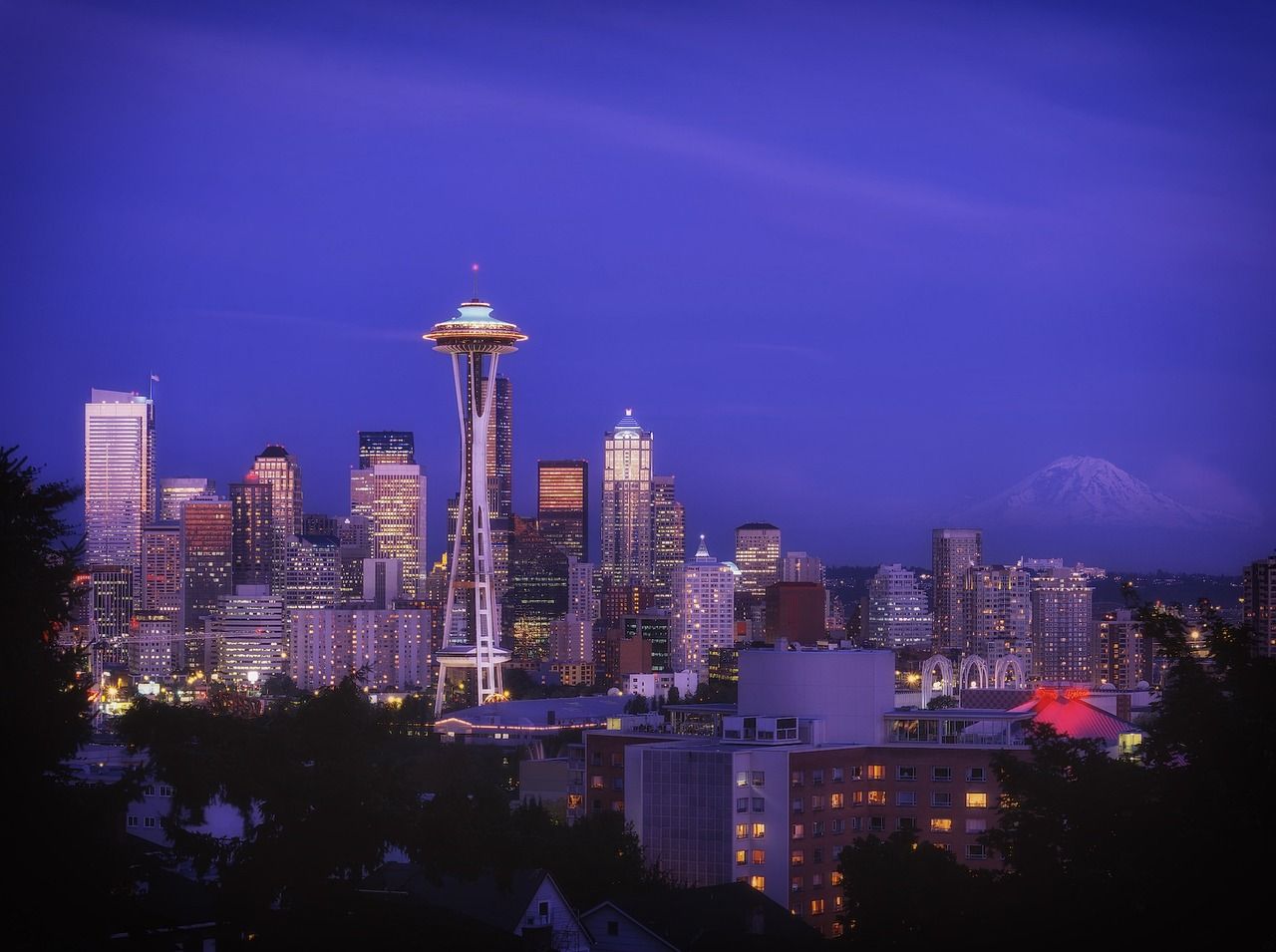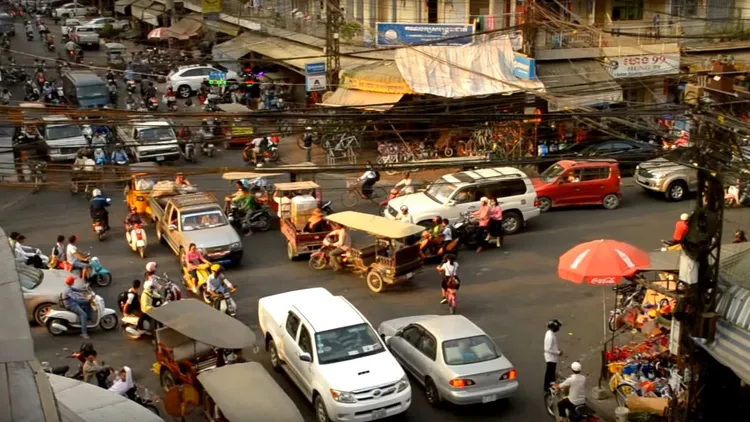Culture Shock: 2005 Edition
Stepping foot on a land I had only known through books, movies, and stories shared by my family was a surreal experience. The sticky sweat of tropical heat greeted me for the first time after 25 years of acclimating to the mild temperatures of northwestern United States. As I looked around, I tried to visualize the stark contrast before me: one side of the street filled with dilapidated wooden homes, while on the opposite side, a gated community showcased manicured palm trees and multi-story villas. These are the raw memories I have kept of Cambodia since my first visit in August 2005.
Despite my open-mindedness, I was overwhelmed by the country and its culture. Growing up in Seattle, Washington, where the third largest population of Khmer people reside, I was surrounded by the Khmer community. I was familiar with their cuisine, often characterized by the fishy and pungent prahok paste, as well as lemongrass. Additionally, I had a basic understanding of Buddhism, Cambodia's national religion. Therefore, adjusting to these aspects of Cambodian life was less challenging. However, three particular areas posed greater difficulties in adaptation.

Controlled Chaos
Seattle is notorious for its car traffic, consistently ranking among the highest in the nation, following Los Angeles and New York City. Nevertheless, the bustling streets of Phnom Penh presented an entirely new level of chaos that I had never witnessed before. Motorcycles dominated the roads, but they were accompanied by a mishmash of big SUVs, rickshaws, cyclos, motorcycles carrying livestock, rattan furniture, and everything in between. Occasionally, I even spotted an elephant named Sambo trotting down the riverfront. Motorists paid little heed to street signs or lights, zigzagging their way through the controlled chaos. Being a passenger on the road was a visual nightmare, and I always felt anxious until it became a natural part of life. Even to this day, I harbor a fear of driving a motorcycle in the city. Crossing the street on foot was an entirely different ordeal. On my first major attempt to cross a busy intersection near Olympic Stadium, I narrowly avoided being run over by a few motorcycles. Something as basic as crossing the street became a process of unlearning and relearning.
ខ្ញុំមិនយល់ទេ (I Don't Understand)
Prior to moving to Cambodia in August 2005, I had undergone formal training in the Khmer language. I completed an intensive eight-week language program in Madison, Wisconsin, and took part in establishing and co-leading the Khmer Conversational Group (KCG) on campus. I also became increasingly active in various Khmer community organizations, where I had to listen to and speak in Khmer. In short, I felt comfortable engaging in Khmer and believed it would be the least of my concerns upon arriving in Phnom Penh. Unfortunately, I couldn't have been more wrong.
The locals struggled to understand my broken Khmer, which was heavily influenced by my American English accent. On the other hand, I couldn't comprehend their street Khmer, filled with slangs and abbreviated shorthands. To strengthen my pronunciation, I had to relearn the Khmer alphabet. I would tip bartenders handsomely (by Khmer standards) in exchange for teaching me basic conversations. For the first three months, I felt that my Khmer was useless. It was only after implementing the aforementioned efforts that I began to feel that I was communicating with locals more clearly and effectively.
Poverty vs Wealth
In my opinion, Seattle is not a poor city. It is home to major international brands such as Amazon, Boeing, Starbucks, and Nintendo, among others. Generally speaking, the population enjoys a higher than average individual or family income based on the local economy. Similar to many major American cities, there are areas in Seattle that are labeled as "poor" or "wealthy" based on the types of homes, businesses, and resources found in those neighborhoods. However, Phnom Penh blurred my understanding of such inequalities.
For instance, back then, the riverfront near the Royal Palace, where the FCC and Cantina (which no longer exists) were located, served as a popular tourist and expat spot for nightlife and living. To describe the area as "The Beverly Hills of Cambodia" would be a gross exaggeration, but it conveys the point. Despite being one of the most marginalized communities in the city, young street kids and disabled seniors would flock to conduct their business there. They coexisted among the bourgeois elites who drove Hummers. In stark contrast to Seattle, I cannot imagine a homeless person conducting their business in the private community of Medina, where Bill Gates and other billionaires reside.
###
This piece was originally published on April 7, 2021.
Photo Credit: Olga Zhigovets
